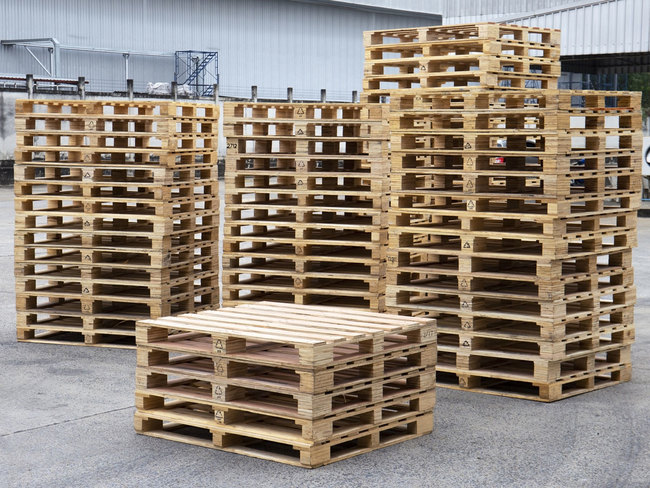Pallets can be used for a variety of purposes, depending on the application.
Here are some of the most important uses:
-Building/Construction: Pallets are often used in construction because they are strong and lightweight. They can be used to build walls, roofs, and other structures. You can also buy the best quality pallets via https://www.cooperagepallets.com.au/pallets/export-pallets/.

Image Source: Google
-Food Processing: Pallets are often used in food processing because they are sturdy and easy to clean. They can hold a lot of food and protect it from moisture and contamination.
-Manufacturing: Pallets can be used to manufacture products such as furniture, toys, and clothing. They are often less expensive than other materials, making them a cost-effective option.
Pallets have a variety of important uses, beyond simply being used as shelves. Check out these four ways in which pallets can be put to work in your business:
1. As a storage space for goods: When you have a lot of inventory that needs to be kept safe and dry, using pallets can help take the pressure off of your storeroom capacity.
2. As a staging area for products: Putting items on pallets before they are shipped allows you to track the progress of each order without having to carry around multiple boxes or packing materials.
3. As an advertising platform: Pallets make great billboards for your company or product, due to their stability and low cost of ownership.
4. As makeshift offices: If space is tight in your office, using pallets instead of traditional furniture can free up valuable real estate.

